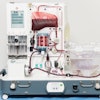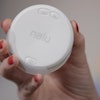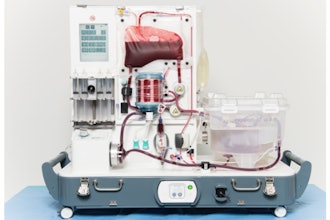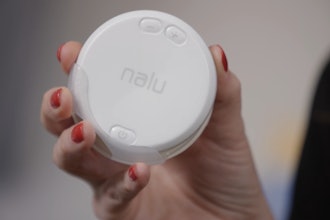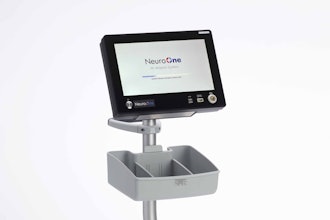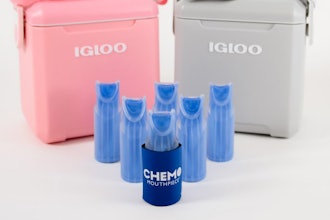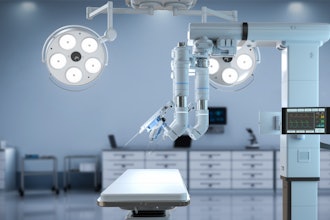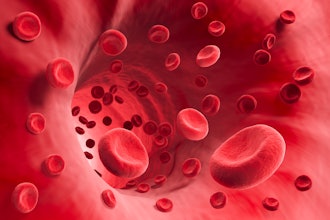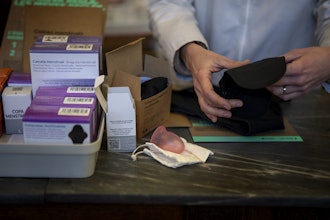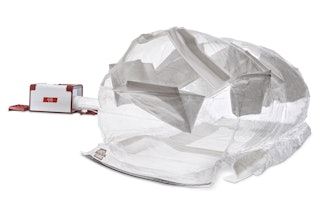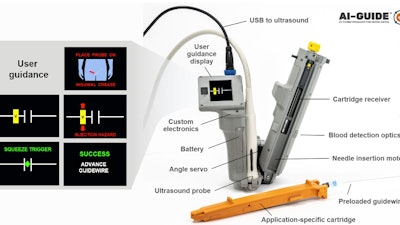
Researchers at the Lincoln Laboratory at MIT have developed a handheld robot that could help automate catheter insertion using artificial intelligence.
The Artificial Intelligence–Guided Ultrasound Intervention Device (AI-GUIDE) is a handheld platform technology that could help personnel like EMTs with simple training to quickly install a catheter into a common femoral vessel, which the researchers said could help provide treatment at the point of injury.
"Simplistically, it’s like a highly intelligent stud-finder married to a precision nail gun," said Matt Johnson, a research team member from the Laboratory’s Human Health and Performance Systems Group.
The idea behind the device, which was built by a team led by Laura Brattain and Brian Telfer from the Human Health and Performance Systems Group, is to simplify inserting a catheter into a central blood vessel so treatment doesn’t have to wait until a patient arrives at the hospital.
First, the AI-GUIDE is placed on the patient’s body, near where the thigh meets the abdomen. Then a targeting display guides the user to the correct location and then instructs them to pull a trigger, which inserts the needle into the vessel. The device verifies that the needle has penetrated the blood vessel, and then prompts the user to advance an integrated guidewire, a thin wire inserted into the body to guide a larger instrument, such as a catheter, into a vessel. The user then manually advances a catheter. Once the catheter is securely in the blood vessel, the device withdraws the needle and the user can remove the device, according to a news release.
To ensure that the needle reliably punctures the vessel, The team said it engineered the device to be able to check its own work to make sure the needle correctly enters the blood vessel.
"When AI-GUIDE injects the needle toward the center of the vessel, it searches for the presence of blood by creating suction," said Josh Werblin, the program’s mechanical engineer. "Optics in the device's handle trigger when blood is present, indicating that the insertion was successful."
The team is still working on further testing and automating the process for using the AI-GUIDE but said that it sees the device becoming "ubiquitous throughout the healthcare system."

